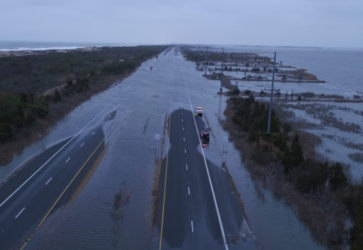
Sorry, your browser is not compatible with this application. Please use the latest version of Google Chrome, Mozilla Firefox, Microsoft Edge or Safari.
Climate Resilience: Opportunities to Improve Federal Planning and Implementation
The increasing number of natural disasters in the U.S. and reliance on federal assistance to address them are sources of federal climate-related fiscal exposure. Limiting the Federal Government’s Fiscal Exposure by Better Managing Climate Change Risks has been on GAO’s High-Risk List since 2013, in part because of the increasing costs of federal disaster response and recovery efforts. For example, from fiscal years 2015 through 2021, select appropriations for disaster assistance totaled $315 billion.
GAO has previously found that enhancing climate resilience could help limit future costs. Enhancing climate resilience means taking actions to reduce potential future losses by planning and preparing for potential climate hazards. Agencies have taken some actions, including in the areas of climate resilience planning.
This testimony focuses on how Congress and federal agencies can improve climate resilience planning and implementation by applying principles of GAO’s Disaster Resilience Framework. This testimony is based on findings and methodologies of GAO reports on climate resilience from May 2011 through September 2021.

| Format: |
|
| Topics: | |
| Website: | Visit Publisher Website |
| Publisher: | Government Accountability Office (GAO) |
| Published: | March 8, 2022 |
| License: | Public Domain |
Featured Content

Contact Publisher


Claim Content





